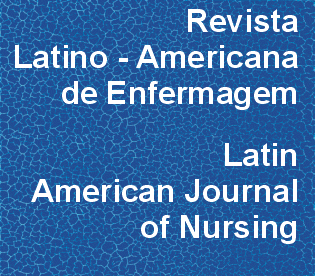Waste management in non-hospital emergency units
DOI:
https://doi.org/10.1590/S0104-11692013000700032Keywords:
Medical Waste, Waste Management, NursingAbstract
OBJECTIVE: to analyze waste management in urgency and emergency non-hospital health care service units. METHOD: Epidemiological cross-sectional study undertaken at three Non-Hospital Emergency Units. The data were collected using systematic observation, registered daily in a spreadsheet and checklist, and analyzed through descriptive statistics. RESULTS: the generation of waste varied from 0.087 to 0.138 kg per patient per day. Waste management showed inadequacies in all stages, especially in the separation stage. Infectious waste was found together with common waste, preventing recycling, and piercing and cutting objects were mixed with waste from different groups, increasing the risk of occupational accidents. CONCLUSION: the study reveals the lack of an institutional waste management policy, as demonstrated by the failure of operational stages, involving problems related to management, physical structure, material and human resources at the units. This is relevant for health care units, considering the quality of patient care and its interface with sustainability.Downloads
Download data is not yet available.
Downloads
Published
2013-02-01
Issue
Section
Original Articles
License
RLAE’s authorship concept is based on the substantial contribution by each of the individuals listed as authors, mainly in terms of conceiving and planning the research project, collecting or analyzing and interpreting data, writing and critical review. Indication of authors’ names under the article title is limited to six. If more, authors are listed on the online submission form under Acknowledgements. The possibility of including more than six authors will only be examined on multicenter studies, considering the explanations presented by the authors.Including names of authors whose contribution does not fit into the above criteria cannot be justified. Those names can be included in the Acknowledgements section.
Authors are fully responsible for the concepts disseminated in their manuscripts, which do not necessarily reflect the editors’ and editorial board’s opinion.
How to Cite
Waste management in non-hospital emergency units . (2013). Revista Latino-Americana De Enfermagem, 21(spe), 259-266. https://doi.org/10.1590/S0104-11692013000700032



